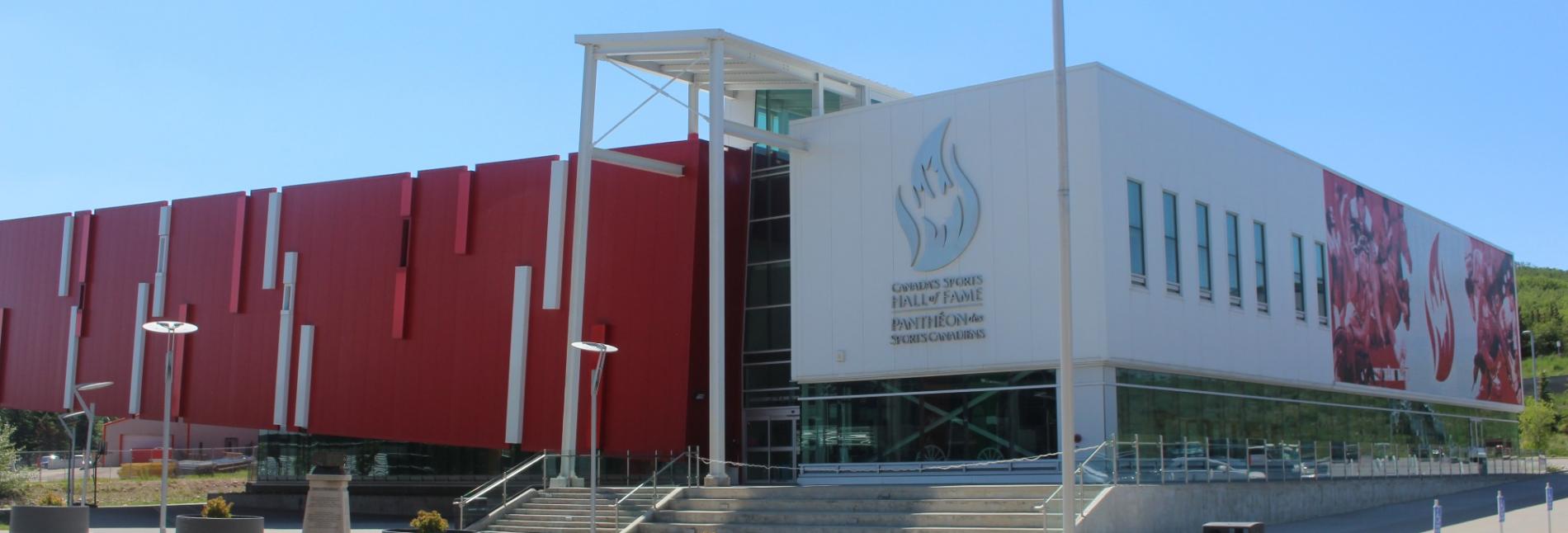Hall of Famer
Dr. Cal Bricker
Inducted in 1956
Member Details
Career Highlights
All-round University Championship in Toronto
Individual Championship at Intercollegiate meet
At Olympic trials in Montreal, set record of 24 feet 1.5 inches in running broad jump (stood for 27 years)
London Olympic Games - Bronze medal in running broad jump
Stockholm Olympic Games - Silver medal in running broad jump

Story
Two-time Olympic medalist Cal Bricker found ways to put his exceptional jumping skills to practical use. Once, while a student at the University of Toronto, Bricker was running late to meet his friends for a boat trip to Hamilton. By the time he got to the docks, the boat was just pulling away. A police officer let Bricker through the gate, and the young athlete made a running leap for the ship; he made it, much to the amazement of all those on board who claimed that he must have jumped at least twenty feet. This was no big feat for Bricker, who was a well-seasoned track and field star specializing in the running broad jump (now called the long jump) and the hop, step, and jump (now called the triple jump). He won the all-round University Championship in Toronto in both 1905 and 1906. Those same two years, he also claimed the individual championship at the Intercollegiate meet. At the 1908 Olympic trials in Montreal, Bricker won both the running broad jump and the hop, step, and jump events. He jumped 24' 1 ½" in the broad jump, a Canadian record which stood for 27 years. Bricker competed at the 1908 Olympics in London, winning a bronze medal in the running broad jump and placing fourth in the hop, step, and jump. He qualified once more for the 1912 Olympics and this time claimed a silver medal in the broad jump event, making him the first Canadian to win a medal at two Olympics. A dentist by profession, Bricker served overseas during World War I in the dental corps and was also put in charge of the Canadian athletes for the Allied Forces Games in Paris in 1919. With no official flag to wave at the meet, Canada was usually represented under the Union Jack. Bricker and his fellow officers, however, decided to show their national pride by adopting a flag of their own; their massive white flag with a green maple leaf at the centre was carried at the head of the parade of Canadians at the Games and received a standing ovation from the 35,000 fans in attendance. Bricker was proud of his country, and his country is certainly proud to honour and remember his feats, both athletic and patriotic.






